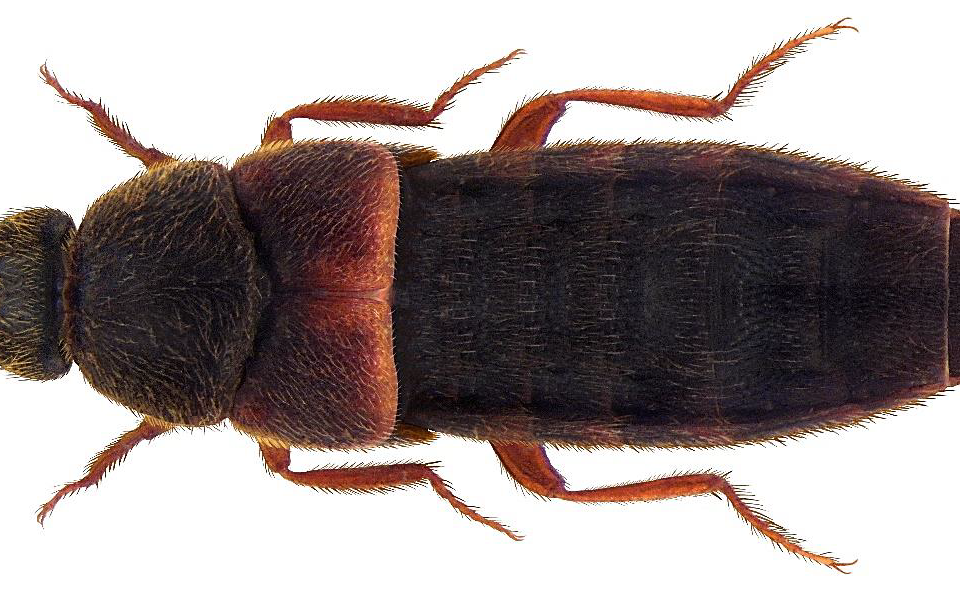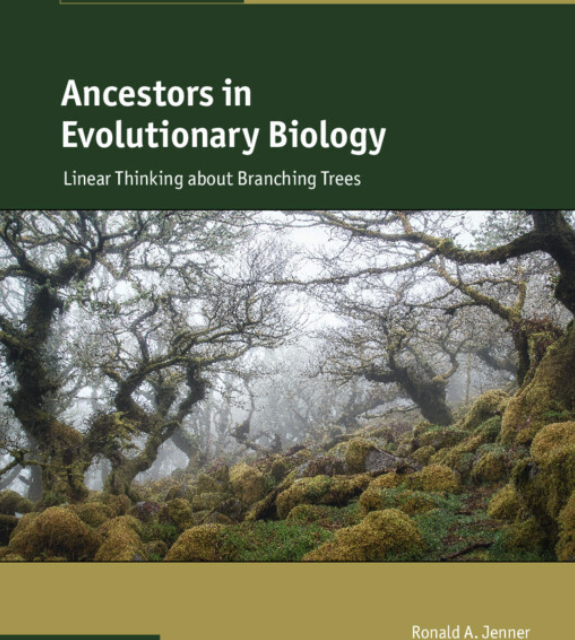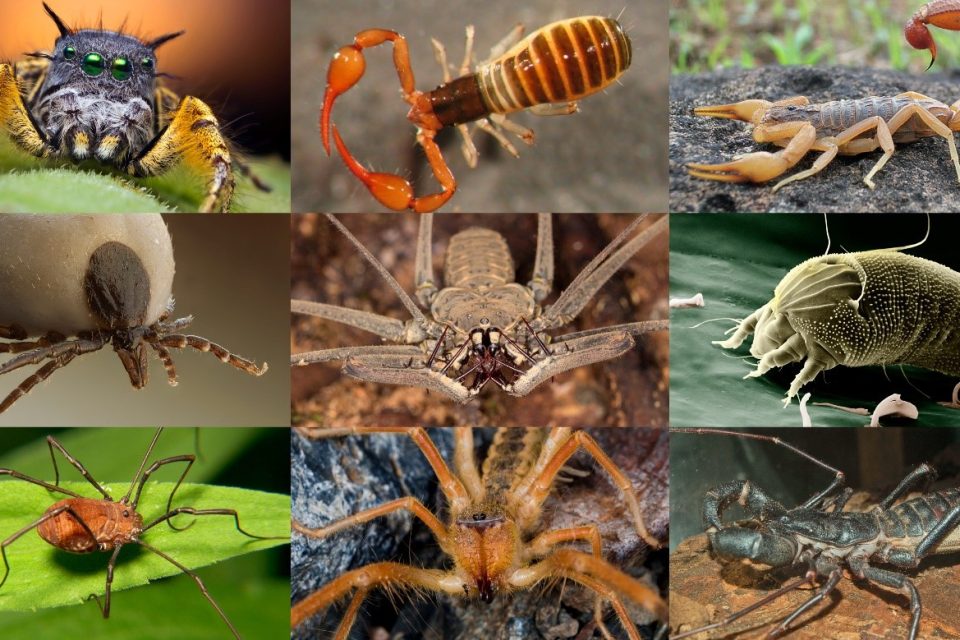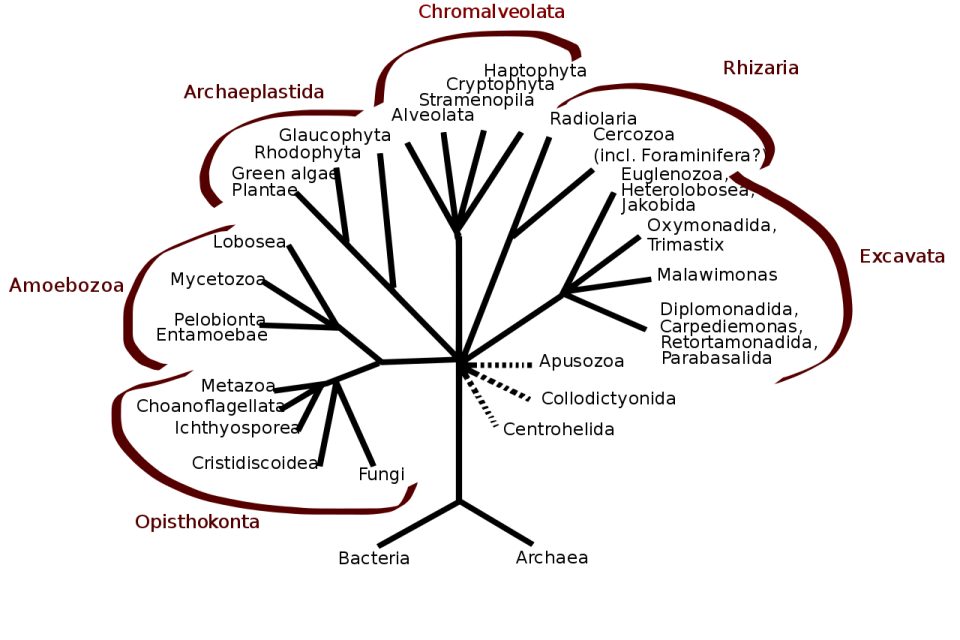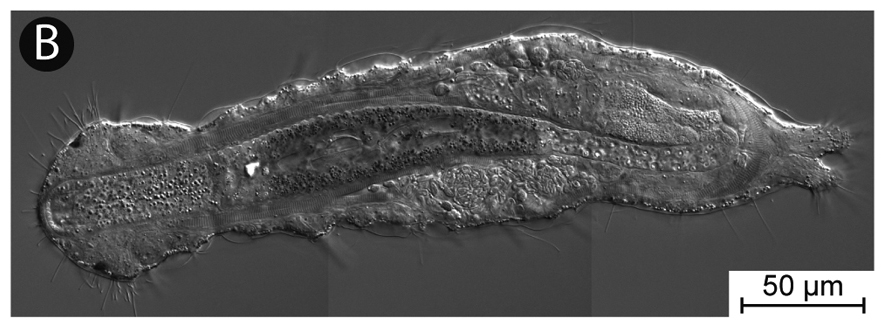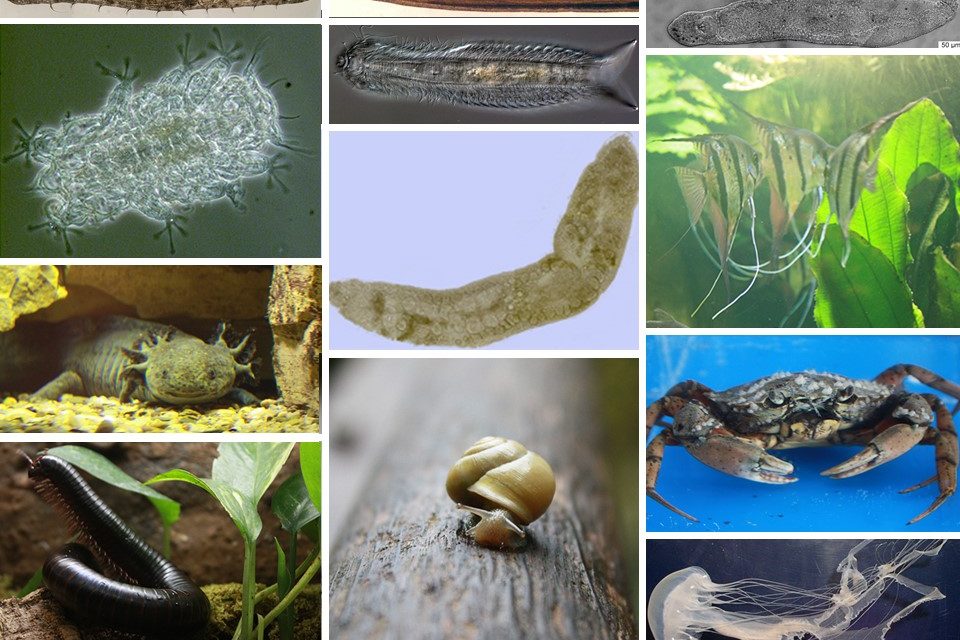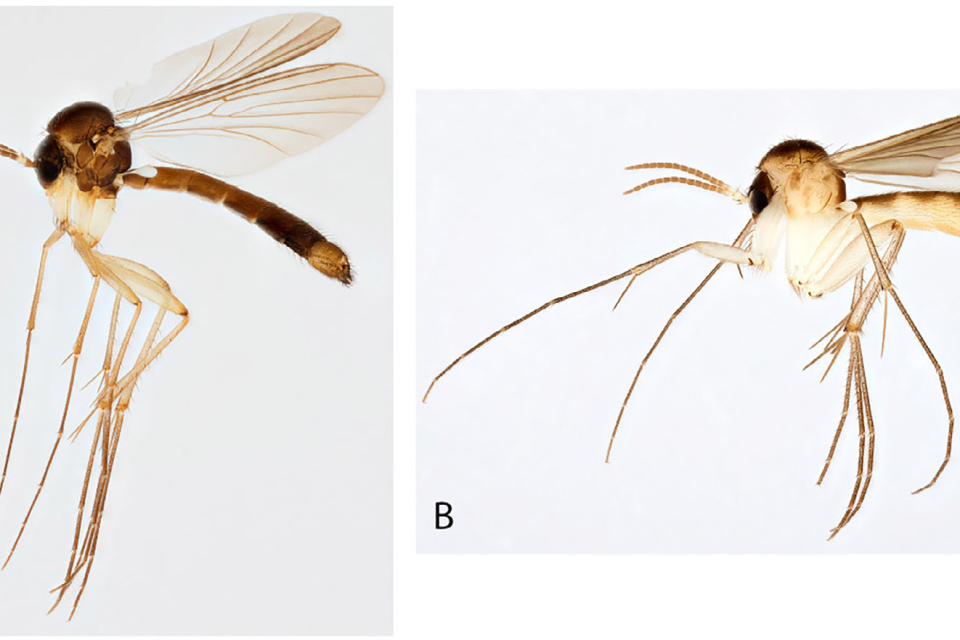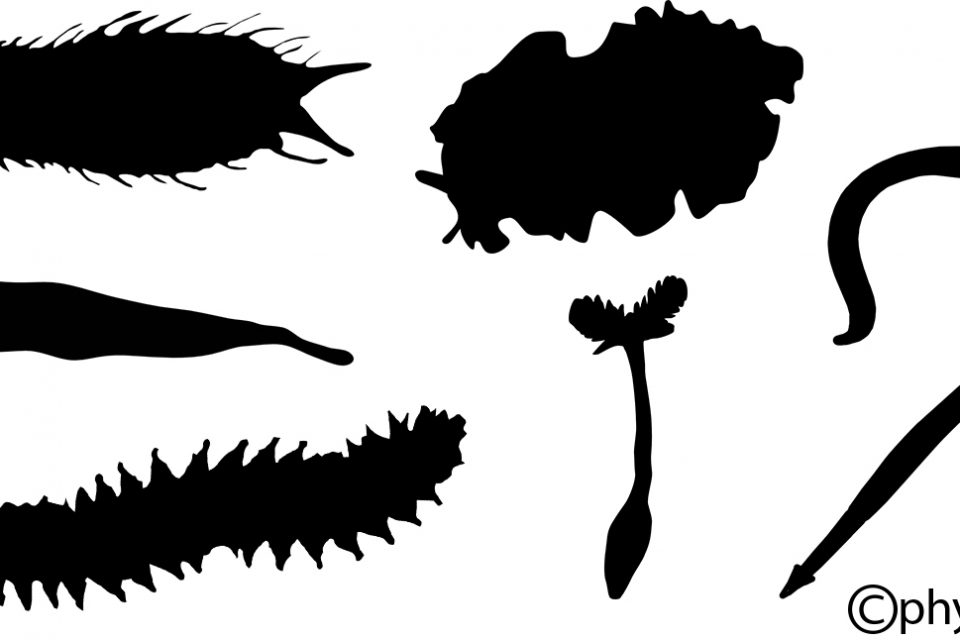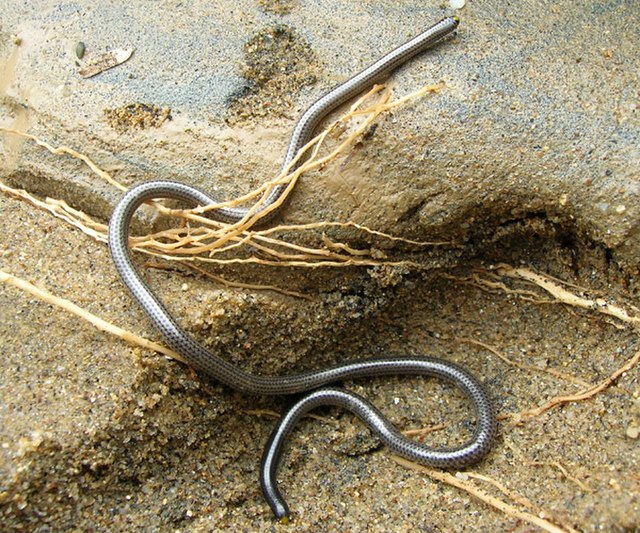
The measure of our reach: understanding evolution when our models break down.
Last week I was lucky enough to have another paper come out, this time in BMC Bioinformatics: “nRCFV: a new, dataset-size-independent metric to quantify compositional heterogeneity in nucleotide and amino acid datasets” It’s a less elegant title than usual, I’ll admit! In addition, for a biological paper, there […]
